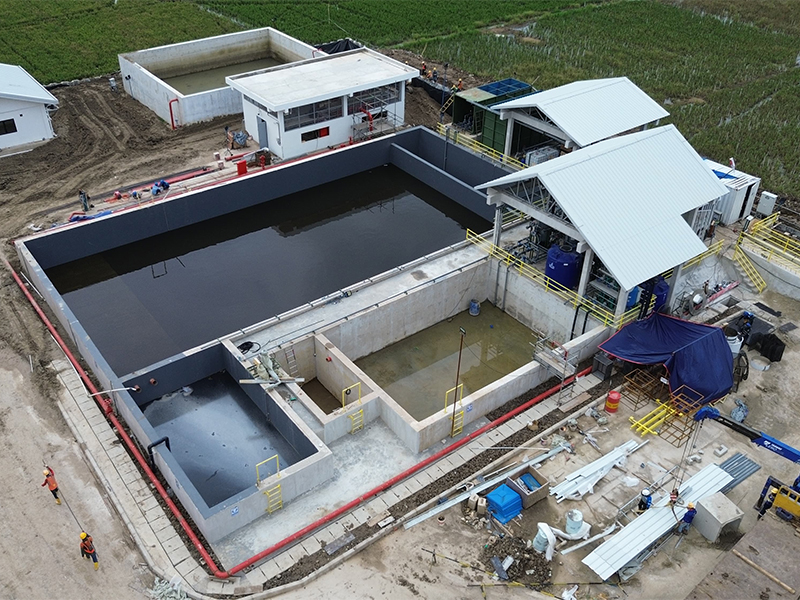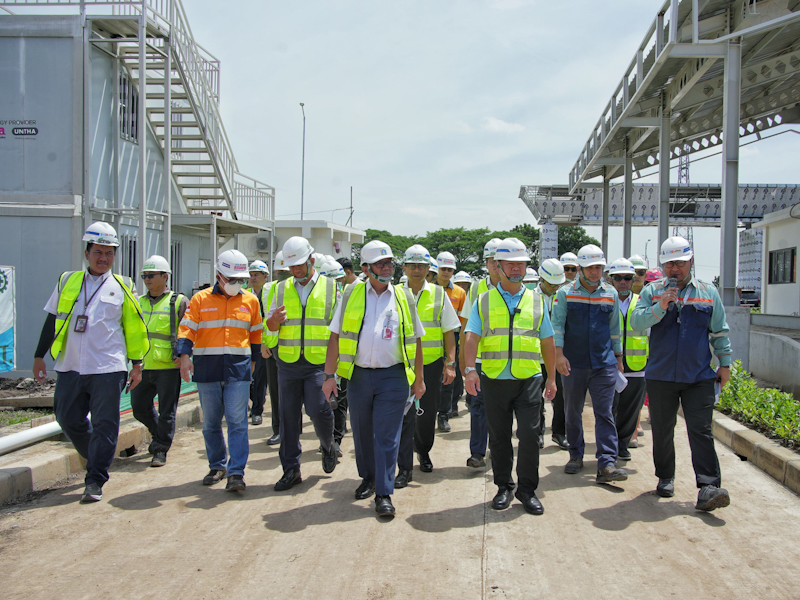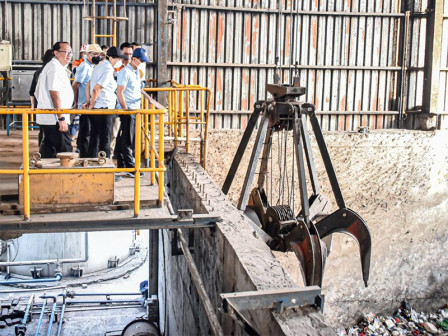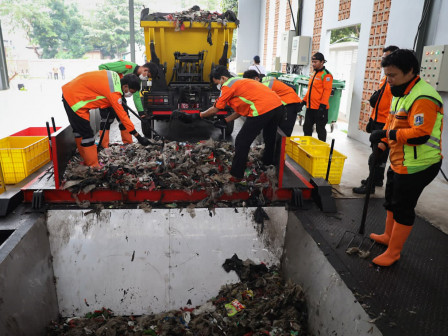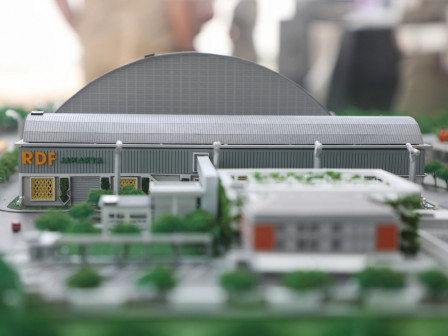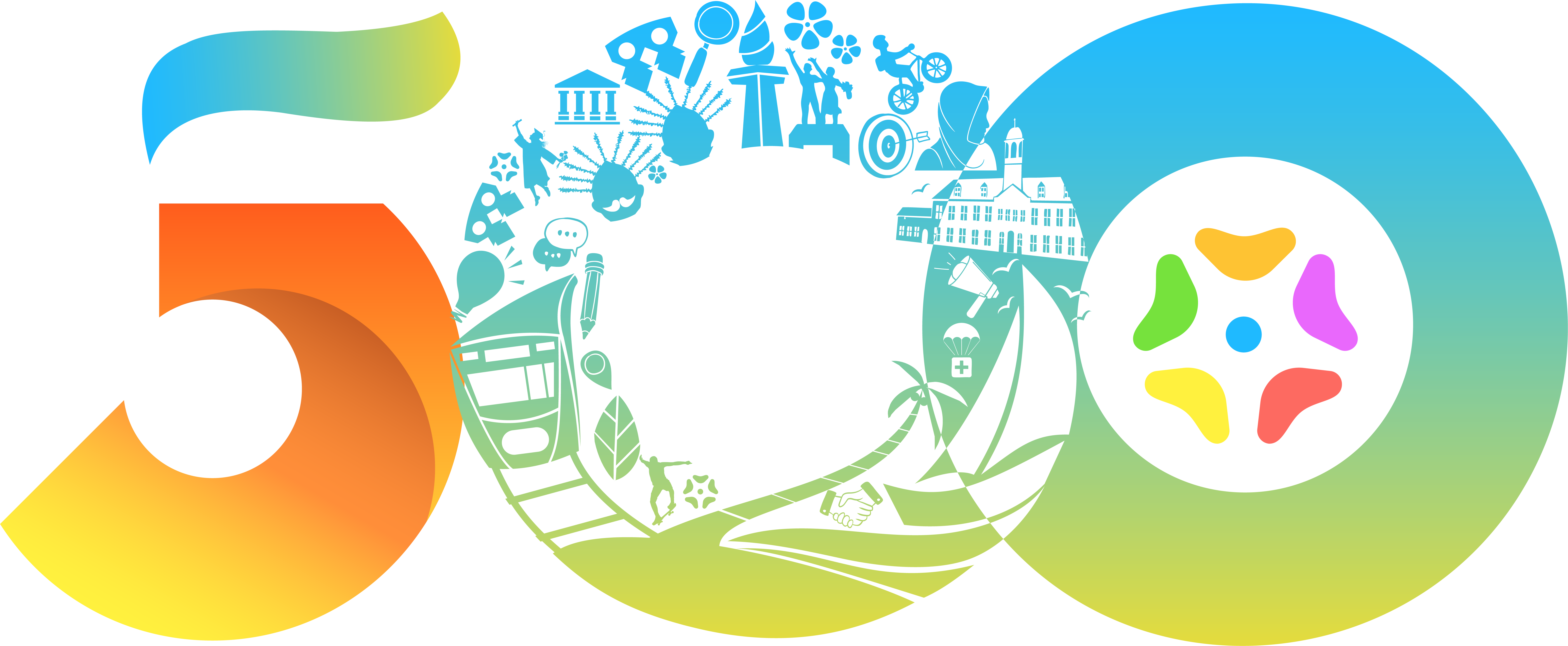RDF Plant Jakarta Ready for Environmentally Friendly Operations
Reported by Aldi Geri Lumban Tobing | Translated by Nugroho Adibrata
The RDF Plant Jakarta, located in Rorotan, North Jakarta, is gearing up to operate as the world's largest environmentally friendly RDF Plant.
This facility has an advanced odor control system
The existence of this advanced modern waste processing facility is a strategic solution to the increasingly complex waste problems in Jakarta, with a processing capacity of up to 2,500 tons per day.
In the waste management system, RDF Plant plays an important role in reducing dependence on Landfills by processing waste into alternative fuel within the city of Jakarta.
North Jakarta Becomes a Pilot Project for Urban Waste Management in IndonesiaJakarta Environment Agency (LH) Head, Asep Kuswanto said RDF Plant Jakarta is equipped with state-of-the-art technology to ensure that the waste processing operates following strict environmental standards.
"This facility has an advanced odor control system, including a deodorizer with ozonation technology and UV sterilization, to neutralize odors such as ammonia and hydrogen sulfide through an oxidation process. Additionally, activated carbon filters are also used to absorb remaining odor particles," he explained, Thursday (2/13).
It also has cyclone and wet scrubber technology to filter the air from combustion products before being released into the environment. Both technologies ensure that the air released from the facility is neutralized, thus it doesn't produce odors or emissions that are harmful to the environment.
There is even a wastewater treatment system to maintain cleanliness and ensure the RDF Plant operates at high standards.
"We've prepared a Wastewater Treatment Plant (WWTP) with an equalization tank, coagulation tank, flocculation, and sedimentation, anaerobic ponds, oxidation tank, and sand filtration tank, thus the wastewater generated from operations can be reused for washing trucks and watering plants around the facility," he explained.
This is also equipped with a Mobile Air Quality Monitoring Station (SPKU) that can monitor air quality in real-time with various parameters, to maintain air quality, such as PM 2.5, PM 10, CO, NO2, ozone, and SO2.
Aside that, the area around the facility is regularly cleaned using road sweepers with carbolic liquid or deodorizing liquid to ensure the environment is always hygienic.
"We also provide truck washing facilities to ensure that the vehicles are clean before returning to the base," he added.
According to him, RDF Plant has been designed to ensure its operations run optimally while minimizing the impact on the surrounding community.
The LH Agency has implemented high standards in every aspect of the operations of this facility, from the adoption of emission control technology to strict cleanliness procedures.
"This is also aimed at ensuring that this RDF Plant can provide comfort for the surrounding community," he added.
With the use of this advanced technology, RDF Plant has not only become the largest facility in the world but also a role model in sustainable waste management. Besides helping reduce environmental impact, it is capable of producing alternative fuels that can be utilized by the cement industry and power plants.
Then the success of the RDF Plant greatly depends on the collaboration and commitment of various parties, including local governments, industry, and the community.
"Hopefully, there will be strong synergy between the government, the private sector, and the community in maintaining the sustainability of this facility. If this model can be widely implemented, waste management in Indonesia could advance further and no longer rely on conventional disposal systems," he closed.
